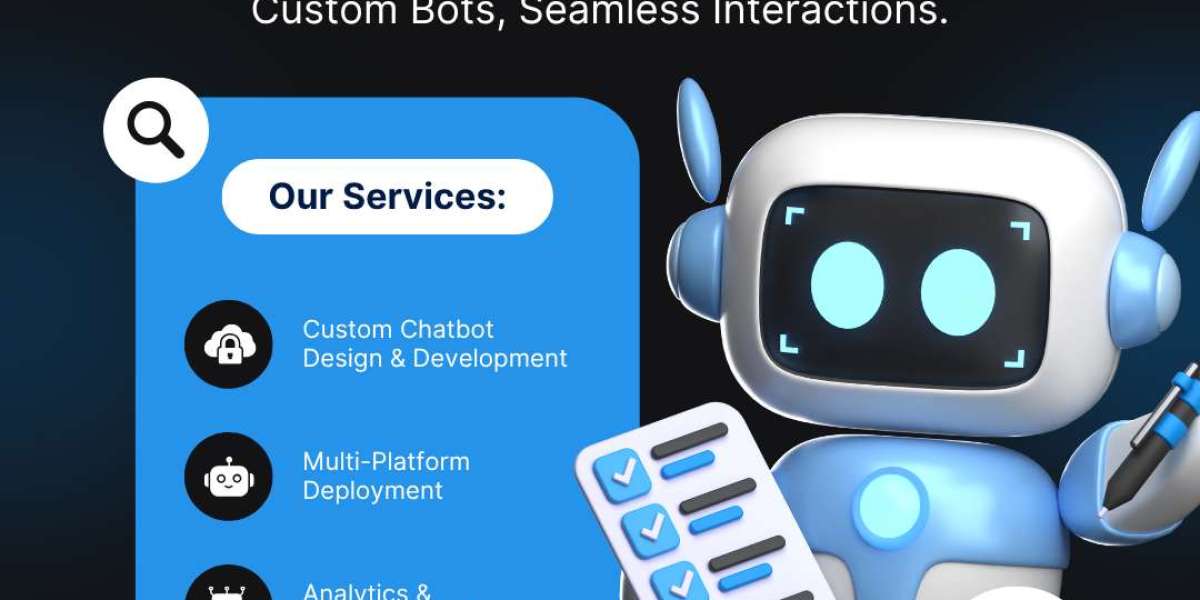Modern users don’t just visit websites—they interact, respond, and form opinions within seconds. This behavioral shift has made it necessary for businesses to move beyond basic design and focus on building digital environments that feel responsive, intuitive, and emotionally engaging. A visually polished interface alone won’t drive results unless it leads users to take action and stay connected. The need to integrate storytelling, user experience, and feedback loops into one cohesive structure has never been more critical.
That’s why the foundation of a high-performing immersive website must go beyond visuals. It must incorporate interactive functionality, motion design, real-time responsiveness, and thoughtful UX strategy—all aligned with conversion goals and retention objectives.
1. Dynamic Visual Hierarchy
An immersive site relies heavily on how elements are arranged, sized, and emphasized. A strong visual hierarchy ensures users know exactly where to look, what to click, and what action to take next. Elements like animated headers, subtle movement in CTAs, and transitions between sections should guide users through a natural flow—helping them focus without feeling overwhelmed.
Use progressive reveal techniques to stagger content and avoid cognitive overload
Emphasize primary CTAs through motion, spacing, or placement
Maintain consistent spatial logic across breakpoints
2. Scroll-Based Interaction
Scroll-triggered experiences keep users engaged by revealing content in stages, often replacing traditional click-to-navigate behavior. From parallax backgrounds to modular storytelling, scroll-based features can turn passive readers into active participants.
Incorporate horizontal scroll blocks for galleries or service highlights
Use vertical scrolling to reveal layered product features or timelines
Integrate momentum scrolling or progress-based animations to guide the journey
3. Personalized User Flow
Effective immersive websites dynamically adapt to different user paths. This means recognizing returning users, modifying content based on prior interaction, or presenting real-time variations of the page based on user data.
Display different hero sections for new vs. returning users
Tailor product suggestions using behavioral tags or segmentation
Implement live session behavior tracking to adjust messaging hierarchy
4. Consistent Microinteractions
Small interface responses—like hover effects, icon transitions, or loading indicators—create the perception of a responsive, polished environment. These subtle animations offer visual feedback and add layers of professionalism that improve trust and usability.
Animate icons on hover to confirm user interest
Transition buttons subtly on click to confirm action without a page refresh
Use loading states between sections to manage user expectations
5. Real-Time Content Updates
An immersive environment reacts in real-time. Whether it’s pricing tables updating based on selections, calculators displaying live values, or chat modules adjusting to user sentiment, real-time content gives users the feeling that the site is alive and paying attention.
Include dynamic form fields that change based on user input
Embed live content blocks powered by API feeds or data integrations
Use countdown timers or session-based offers to introduce urgency
6. Integrated Audio-Visual Experience
While visuals remain dominant, sound plays an underrated role in immersion. Used wisely, audio feedback, ambient loops, or subtle chimes can deepen emotional connection. Videos and animations should load seamlessly and contribute to storytelling, not just decoration.
Use ambient soundscapes or soft UI tones during transitions
Include background videos with loop logic tied to scroll events
Add audio descriptions or interactive audio for accessibility
7. Mobile-First Immersive Optimization
Immersive design must scale beautifully across devices. Often, mobile execution is an afterthought—leading to broken interactions or compromised layout logic. Instead, design should begin with mobile gestures in mind, such as tap, swipe, and pinch, and expand upwards to desktop dimensions.
Design immersive gestures like swipe reveals or vertical tabs
Optimize image and video formats to minimize load times without quality loss
Reorder content blocks for hierarchy preservation on smaller screens
8. Modular Navigation Systems
Standard top-bar menus are no longer enough. An immersive website should provide layered navigation that adapts to context. This could include side-slide panels, full-screen menus, or content-aware sticky navs that update based on scroll depth or interaction.
Use sticky navs that highlight the current section dynamically
Implement floating action buttons that activate modal navigation
Enable context-sensitive navs for multi-path user flows
9. Feedback-Driven CTA Placement
Conversion doesn’t happen through visibility alone. Immersive experiences tie CTAs to specific user interactions, ensuring that the offer or message appears precisely when the user is ready to act. Strategic CTA placement is determined by both UI timing and behavioral logic.
Trigger CTA reveals after 50% scroll completion or module completion
Embed mid-content CTAs within interaction modules rather than bottom-only placement
Use visual contrast and motion pairing to draw attention without interruption
10. Analytics and Experience Mapping
No immersive site is complete without experience analytics. Tracking just page views or time on page misses critical behavior signals. Instead, advanced frameworks allow mapping of scroll patterns, interaction depth, and UI event tracking to continually refine conversion flow.
Monitor which modules users interact with the most
Identify high-abandonment zones through scroll and hover data
Use heatmaps to refine element placement and design logic
Conclusion: Where Emotion and Interaction Meet Performance
A successful immersive website does more than impress—it guides, adapts, and persuades. By merging sensory design with behavioral logic, these digital environments become high-performing conversion tools that keep users involved long after the first scroll.
As businesses seek to improve engagement through smarter, more intuitive digital layers, many are integrating technologies like perception ai to drive real-time interaction insights and adjust interfaces dynamically based on user behavior—pushing immersive design into an even more personalized future.








